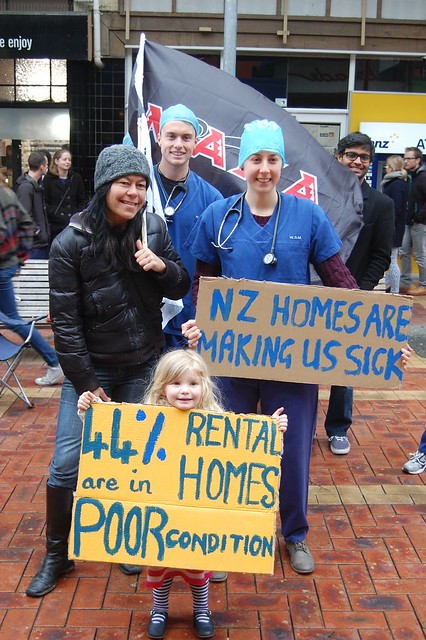
New Zealand landlords have recently been affected by legislation changes the government put in place to improve the insulation in our country’s rental housing stock. Part of the Healthy Homes Guarantee Act, these improvements were prompted by the high toll that damp, cold and mouldy rental properties are putting on our national health system through avoidable related illnesses. The deadline to meet these insulation standard amendments was 1 July 2019, and there are more changes afoot that private landlords need to consider.
What does the Healthy Homes Guarantee Act cover?
The Healthy Homes Standards that New Zealand’s private landlords will need to meet are designed to make sure our nearly 600,000 rental houses are warm, dry and sufficiently ventilated.
The standards come into full effect from 1 July 2021 for private landlords, and cover five key aspects that contribute to a healthy home:
Heating
All New Zealand rental properties will require a fixed heating device which is able to heat the main living room to at least 18°c. To help private landlords discern just which device will best suit their property, the government has created an online heating assessment tool.
Insulation
Landlords must ensure there is ceiling and underfloor insulation installed where practicable. This must meet the 2008 Building Code, or for ceiling insulation already installed, have a minimum thickness of 120mm.
Ventilation
The new legislation states that there must be opening windows in dining rooms, kitchens, bedrooms and living rooms. A rangehood or extractor fan must be installed to remove moisture from kitchens, and bathrooms must be fitted with an extractor fan.
Moisture Ingress and Drainage
Many New Zealand rental properties are still subject to an unacceptable level of external moisture due to pour diversion and drainage. The Act will require landlords to ensure there is an efficient system in place to handle drainage with drains, guttering and downpipes all working together to lead water away from the building.
Moisture barriers must also be fitted to rental homes with an accessible subfloor space.
Draught Stopping
To make heating an efficient and affordable exercise for tenants, their rental homes will need to be free of unnecessary holes or gaps in walls, ceilings, windows, floors and doors. Fireplaces and chimneys that are unused will have to be blocked off.
When will landlords need their properties to comply with the Healthy Homes Guarantee Act?
We discussed the ceiling and underfloor insulation regulations that came into effect on 1 July 2019 in our recent news post. Landlords failing to meet their obligations face fines of up to $4,000.
By 1 July 2020, landlords will have to provide a statement outlining their current level of compliance with the new Healthy Homes Standards in all new, varied or renewed tenancy agreements.
From 1 July 2021, all private landlords will be expected to confirm their rental properties are compliant with the Healthy Homes Standards within 90 days of any new or renewed tenancy.
From 1 July 2024, all New Zealand rental homes must comply with the Healthy Homes Guarantee Act.
Still unsure about your obligations as a private landlord?
If you’re unsure how to meet your new legal obligations under the Healthy Homes Guarantee Act, consult this resource from the Ministry of Housing and Urban Development.
We believe that the new legislation will improve the returns landlords can make on their properties, through lower tenant turnover rates and shorter untenanted periods. If you’d like to speak about what changes to make to your rental property, drop us a line.
Images:
‘Healthy homes protest’ by Harry via CC BY 2.0.
